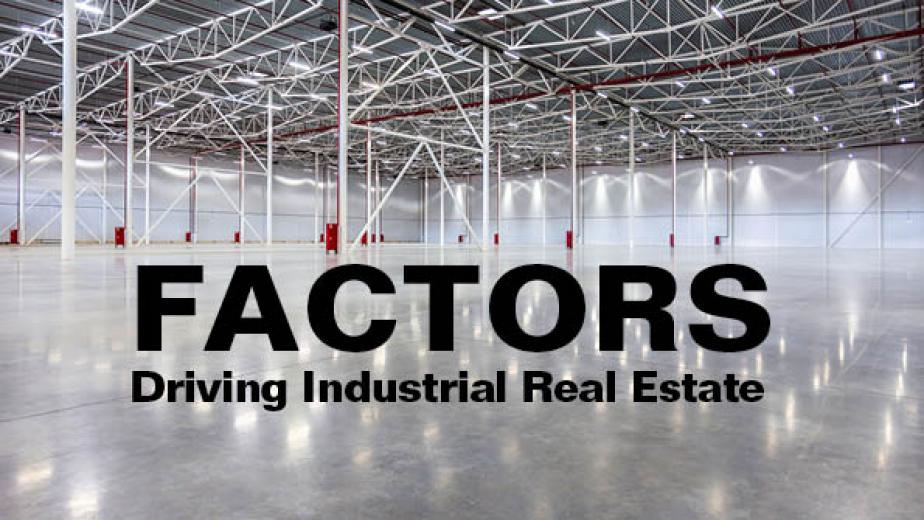1 6
1 6
This year, it’s all about industrial. Industrial properties are like sleeper cell agents, crucial to both businesses and to consumers. In this gallery, we look at the main trends driving industrial real estate’s strong performance in 2016.
This year marks the third straight year of outsized demand in the industrial sector, according to David Egan, Americas head of industrial research at real estate services firm CBRE. “Supply levels are not anticipated to meet demand this year," Egan says, with supply fundamentals continuing to play catch-up in the near to medium term.
Total net absorption in the first half of the year was 127.9 million sq. ft., according to CBRE’s second quarter industrial Marketview, with 66.4 million sq. ft. net absorption in the second quarter alone. The firm says that “Second quarter 2016 marks the 25th consecutive quarter of positive user demand, the longest such streak in more than 20 years.”
Supply is at an all-time low and outstripped by demand. Nationwide availability, a measure that looks at all space available for rent, including sublease space, is at 8.7 percent and trending downward, while vacancy for the second quarter stands at 5.8 percent, CBRE has found, with both metrics showing a 20 basis point decline quarter-over-quarter.
Supply is constrained for a number of reasons, according to Eric Frankel, an analyst with Newport Beach-based real estate research firm Green Street Advisors. As more development occurs in densely-populated areas (a change from prior cycles), entitlements grow harder to obtain, with cities concerned over truck traffic. He also cites a tougher financing environment for industrial properties and longer construction times, as some projects involve tearing down older buildings.
“The markets that have seen the most supply (as measured by total square feet built) have been largely the tier one major distribution hubs—Chicago, Inland Empire, Dallas, etc.,” Egan says. “This has been the trend for the entire cycle and looks to continue in the near term. However, one change we’ve seen recently is that the fastest growing markets (as measured by the ratio of new supply to total stock) are increasingly including well-located secondary markets—Kansas City, Greenville/Spartanburg, Lehigh Valley, Columbus,—which demonstrates the growth of the supply chain to a much wider variety of markets than in the past, all in the pursuit of locating as close to the largest numbers of customers as possible.”
E-commerce will continue to impact the number of warehouses built as many companies seek the most cost-efficient way to deliver products direct-to-consumer. The warehouse sector specifically will benefit as consumer spending continues its rebound. A recent eMarketer report has found e-commerce will comprise 12.8 percent of retail purchases by 2019, or approximately $3.578 trillion.
The growth of e-commerce is also impacting inventory levels, which indirectly impacts the level of demand for industrial space, according to Frankel. Companies will require more warehouse space for fulfillment. For these types of properties, Frankel adds that “We are seeing record leasing volumes in Dallas, the Inland Empire and Lehigh Valley in Pennsylvania.”
Data centers are the lifeblood that fuels Internet usage, digital data storage, e-commerce and all things IoT. These properties are increasingly in demand and industrial REITs have been pouring capital into data centers for the past five years.
"Data centers consume lots of electricity. The best location to build a data center will be where electricity is cheap, e.g. in the South,” says Anbir Basu, chief economist at Associated Builders and Contractors, Inc.
CBRE’s second quarter data center report found that “Year-to-date absorption was strongest in Northern Virginia and Chicago, where existing vacancy rates stand below 5 percent.”
Technology and manufacturing companies are increasingly looking to flex R&D industrial space as a way to consolidate costs by putting their office and industrial operations together. But this tech-oriented demand is not met with much availability. “Flex R&D occupancies have increased and there is virtually no supply,” Frankel says. He cites the high cost of building these specialized types of properties as one reason developers are not answering market demand for such assets.

